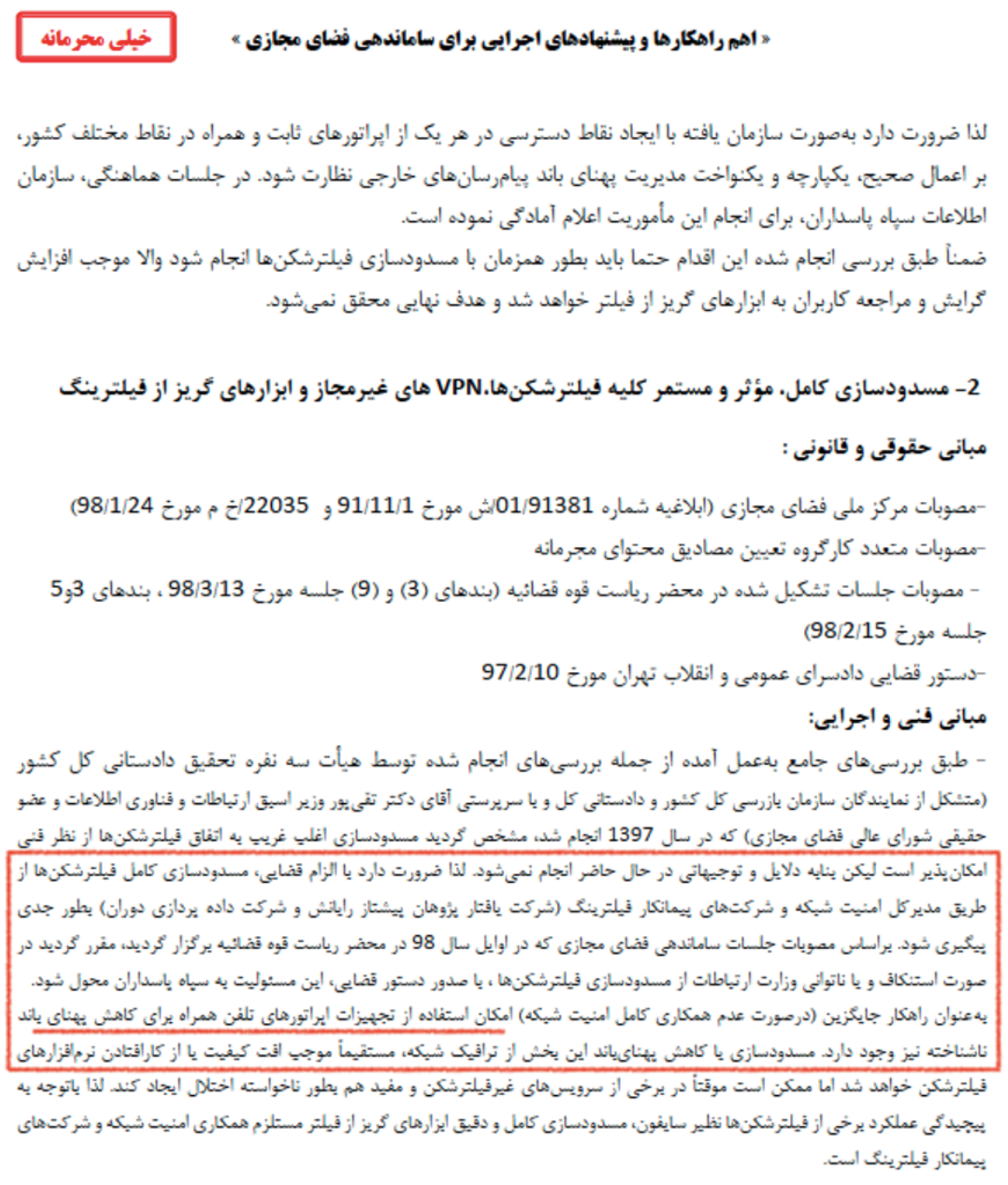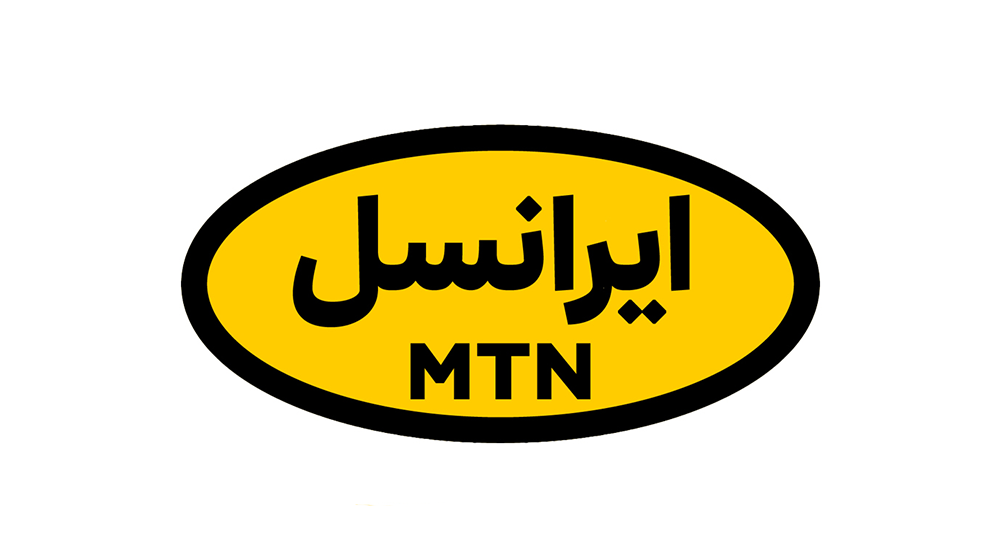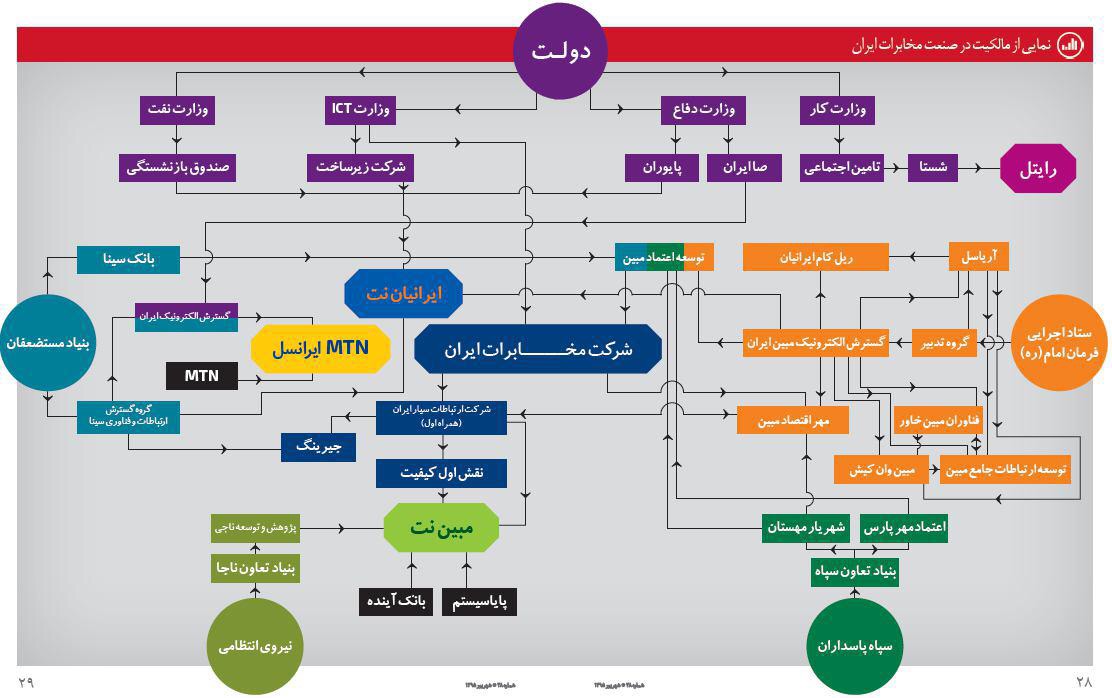From an external viewpoint, Irancell appears to be merely a mobile phone operator, a commercial brand among dozens of others competing in Iran’s telecommunications market, offering voice and internet services. But at the heart of the Islamic Republic’s political-security architecture, Irancell occupies a completely different position: a techno-economic entity that not only provides telecom services to users but also acts as the backbone of the country’s internet censorship infrastructure, a tool for surveillance and wiretapping, and even a financial source for intelligence and military operations.
What sets Irancell apart from other operators is not just its domestic role in Iran. Through its ownership structure, suspicious international collaborations, and technical access to the data of millions of users, the company has evolved into a transnational player in state-sponsored digital repression, even extending into terrorism support operations outside Iran.
Ownership Structure: A Gateway for IRGC Penetration
Irancell is officially a joint venture between the South African MTN Group and an Iranian consortium. MTN holds a 49% stake, while the remaining 51% belongs to the Iran Electronic Development Company, which is controlled by the Mostazafan Foundation and the Ministry of Defense and Armed Forces Logistics, both entities operating directly under the command of Ali Khamenei, the Supreme Leader of the Islamic Republic.
The Mostazafan Foundation, as revealed in numerous international reports, is one of the largest economic empires under the Supreme Leader’s office and has been identified as a front for the IRGC.
This structure, from the very inception of Irancell, has granted Iran’s intelligence and military institutions full access to user data, technical systems, and even executive-level decision-making within the company. In practice, Irancell’s network is built on an architecture where wiretapping, data extraction, and user surveillance are not optional features, but part of its default design.
The Technical Arm of Internet Censorship
Irancell’s role in implementing digital censorship in Iran is not limited to obeying directives from upstream institutions. Contrary to certain claims, the company has not acted as a mere “passive intermediary,” but has functioned as an operational contractor in the government’s censorship apparatus.
In 2019, a top-secret document leaked from the Cyber Division of Iran’s Prosecutor General’s Office revealed that all mobile operators, including Irancell, were required to install filtering software produced by two companies: Yaftar and Douran. Both companies have been sanctioned by the U.S. Treasury for their roles in censorship operations.

Alongside software, Irancell is also equipped with Deep Packet Inspection (DPI) tools that allow real-time analysis of users’ data. These tools not only block VPNs and encrypted communication but are capable of identifying and selectively targeting individuals, for example, by throttling their internet speed or cutting their connection.
During the 2022 nationwide protests, Irancell’s mobile network was cut off regionally and locally, aligned with protest hotspots. On one street, users would suddenly lose connectivity without any public warning, while service remained active just blocks away. These pinpoint, real-time disconnections would not be possible without Irancell’s direct technical cooperation. At such moments, Irancell served not as a neutral service provider, but as the final executor of state censorship.
Surveillance Network: From Lawful Interception to Real-Time Tracking
Over the past decade, the Islamic Republic has developed a comprehensive digital surveillance infrastructure. This ecosystem includes multiple systems, all connected to mobile operators like Irancell.
The SIAM system enables real-time access to users’ geolocation, device type, call history, and connection data. The SHAHKAR system cross-references each SIM card with a verified national ID, eliminating user anonymity. The HAMTA system further links every mobile device’s IMEI to a user’s identity and blocks unauthorized devices.
Irancell is not merely a data relay in these systems; it is structurally integrated into them. It supplies infrastructure, APIs, and backdoors to state institutions. If a user launches a VPN or attempts encrypted communication, Irancell can demote their device to the insecure 2G network or disrupt their connection entirely. These interventions are algorithmically defined and automated within Irancell’s core network.
From Tehran to Kabul and Baghdad: Traces of Terror Financing
Irancell’s collaboration with security institutions is not confined to Iranian borders. In an ongoing legal case in the United States, more than 500 American families have filed lawsuits against MTN, Irancell’s South African partner, for “collaborating with terrorism.”
The plaintiffs, many of them families of American soldiers killed in Iraq and Afghanistan, accuse MTN of paying “protection money” to the Taliban and Iran-backed militias to operate freely in conflict zones, money that, according to their legal team, was ultimately used to purchase weapons and execute attacks against U.S. forces.
At the heart of these lawsuits lies MTN’s involvement in Irancell. Leaked documents and testimonies from former MTN executives suggest the company knowingly supported IRGC interests, including offering assistance to the Islamic Republic in acquiring drones and backing Iran during nuclear negotiations, in return for the Irancell operating license.
According to a former IRGC insider cited in court, Irancell has become one of the Quds Force’s top sources of cash, generating an estimated $500 million per year, totaling over $10 billion since the company’s establishment.
Irancell and Assassination Plots
The accusations extend beyond financing. Intelligence reports indicate that the IRGC has used Irancell infrastructure to track not just domestic dissidents, but foreign targets as well.
Following the January 2020 U.S. assassination of Qassem Soleimani, Iranian leaders vowed “harsh revenge.” That same year, media reports surfaced alleging that Iran plotted to assassinate Lana Marks, then the U.S. ambassador to South Africa and a personal friend of President Trump.

Observers believe the IRGC used MTN’s infrastructure in Africa to monitor her communications and movements. Similar intelligence-gathering mechanisms were allegedly used in plots targeting former National Security Advisor John Bolton and former Secretary of State Mike Pompeo.
Systems like SIAM enable Irancell to feed real-time geolocation and metadata directly to Iranian intelligence agencies, both within and beyond Iran’s borders.
Social Engineering via Startup Investment
In addition to its security role, Irancell has become increasingly active in data-driven consumer sectors. In 2016, it invested $20 million in Snapp, Iran’s largest ride-hailing platform. It has also supported domestic messaging apps promoted as “national alternatives” to WhatsApp and Telegram. These apps lack proper encryption, and user data is accessible to the government.
By entering the ownership structure of these startups, Irancell enables the regime to access behavioral datasets, not just communication logs, but travel patterns, consumption preferences, social connections, and more. These insights are deployed in algorithmic profiling, predictive censorship, and social control.
This data convergence, telecom metadata, app usage, and physical movement, creates unprecedented surveillance power in the hands of a regime with no independent oversight or privacy regulation.
Conclusion: One Company, Multiple Functions
Irancell is not a telecommunications provider in the conventional sense. It is a digital enforcement tool, an integrated node in the Islamic Republic’s censorship and surveillance machinery, a financier of regional militancy, and a platform for international intelligence operations.
Its structure, operations, and outputs are tightly aligned with the state’s most repressive institutions, from the IRGC to the Ministry of Intelligence. Ignoring Irancell’s role means ignoring the technical spine of Iran’s authoritarian governance.
Any serious strategy aimed at accountability must include Irancell, not as a peripheral company, but as a central enabler of the Islamic Republic’s domestic and international repression apparatus.

